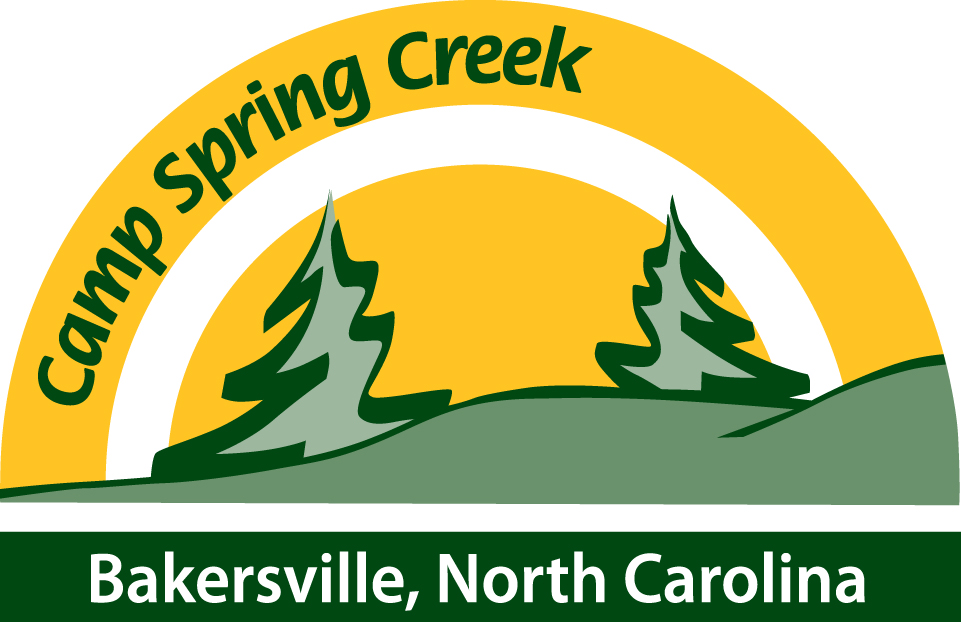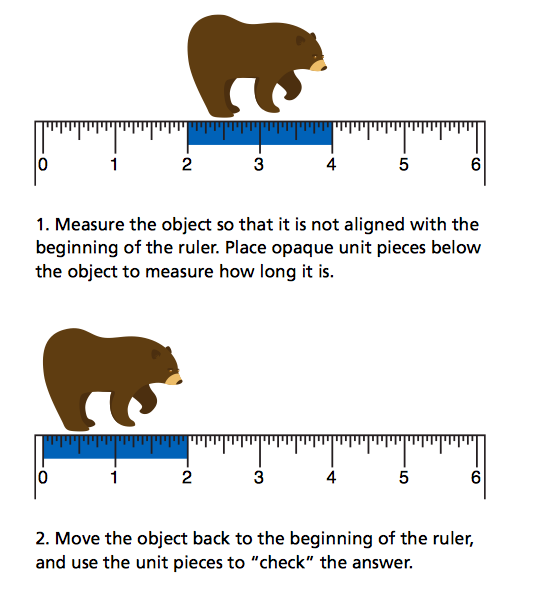This excerpt is copyrighted by American Educator and the full article and author info is linked at the bottom of the post. We found this points so helpful, we wanted to include them in summary on our blog: In the elementary school years, teachers need to supplement the kinds of activities appropriate for preschoolers with more focused instruction in spatial thinking. Playful learning of the sort that occurs in preschool can continue to some extent in elementary school; activities such as block building, gesturing, reading spatially challenging books, etc., continue to develop spatial skills in older children too. But as children get older, they can also benefit from more focused lessons. Mathematics is a central subject in which spatial thinking is needed, because space provides a concrete grounding for number ideas, as when we use a number line, use base-10 blocks, or represent multiplication as area. Here are some specific ideas for children in kindergarten through fifth grade:
- Highlight spatial elements in mathematics lessons. Mea- surement, for example, can be difficult for children to master, especially when the object to be measured is not aligned with the end of a ruler. Children often make mis- takes such as counting hash marks beginning with 1, thus getting an answer that is one unit too many. When teach- ing measurement in the early grades, teachers can con- sider using a technique in which the unit between hash marks on a ruler is highlighted as the unit of measurement. As shown in the illustration below, children can work with small unit markers coordinated with larger pieces to highlight how to determine units.
- Add mapping skills, when possible, to geography lessons in the upper elementary grades. Some ideas can be found in Phil Gersmehl’s book, Teaching Geography, which is based in part on cognitive science.
- Use well-crafted analogies so that comparisons will highlight essential similarities and differences. For example, students can compare diagrams of animal and plant cells to see similarities and differences.
- Ask children in upper elementary and middle school to make sketches to elaborate on their understanding of topics such as states of matter, or force and motion. For example, they can be asked to draw water molecules in the form of ice, liquid, or vapor.
- Suggest beneficial recreational activities, such as photography lessons (to develop a sense of shifting viewpoints and changes in scale), origami (to deepen their knowledge and skill in combining shapes) and JavaGami (software for creating polyhedra), and video games like Tetris.
(Nora S. Newcombe, published in American Educato, copyright 2010) Full article: http://www.aft.org//sites/default/files/periodicals/Newcombe_1.pdf

